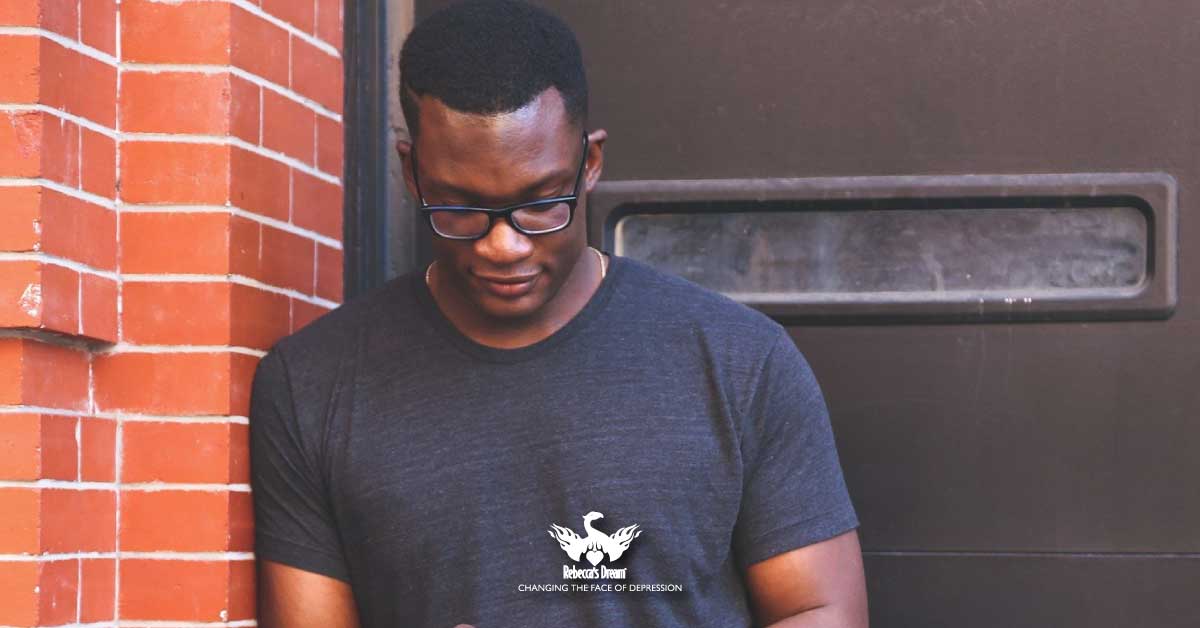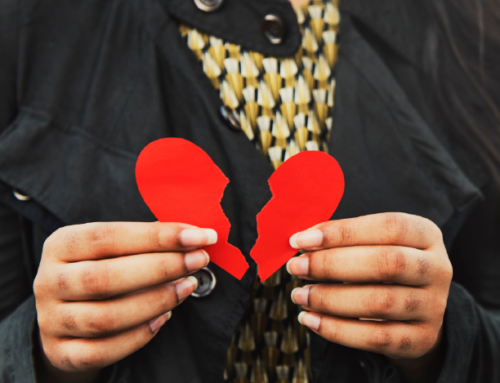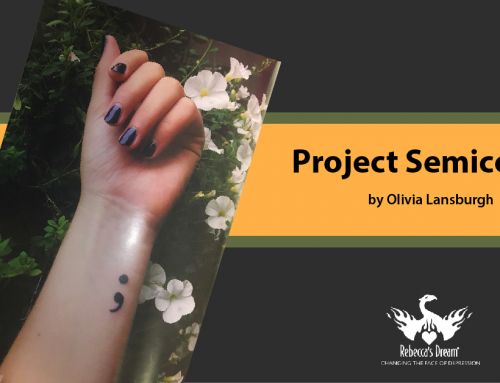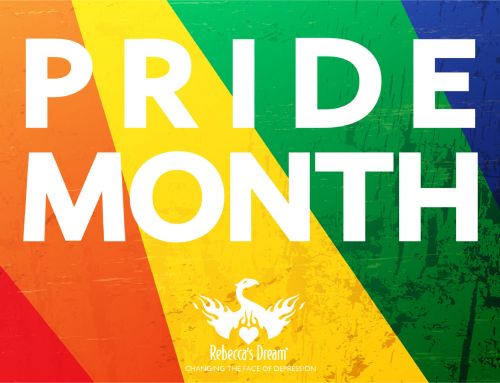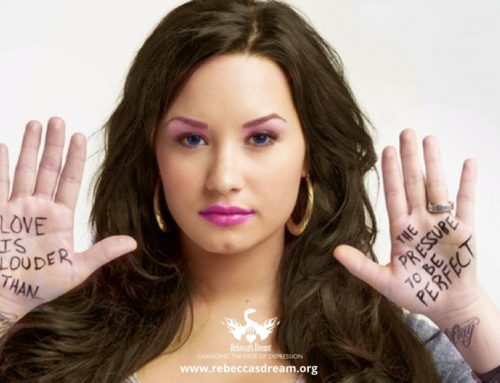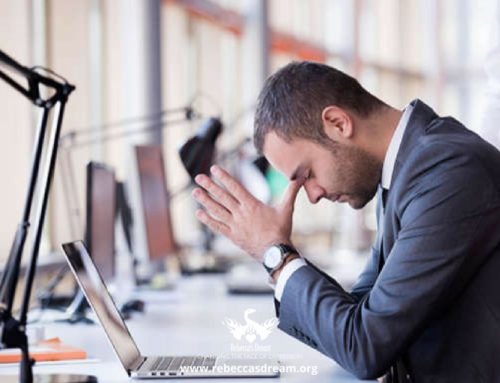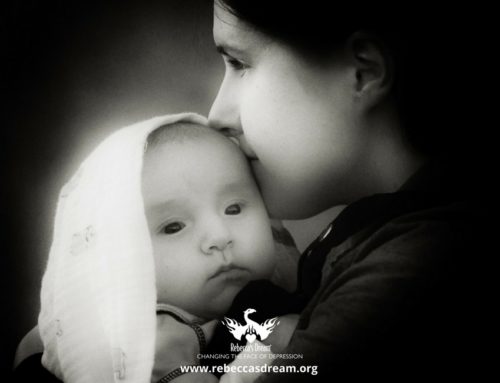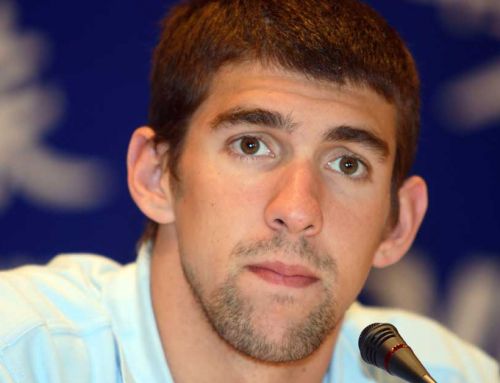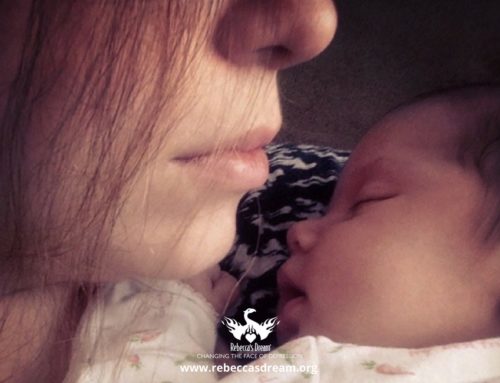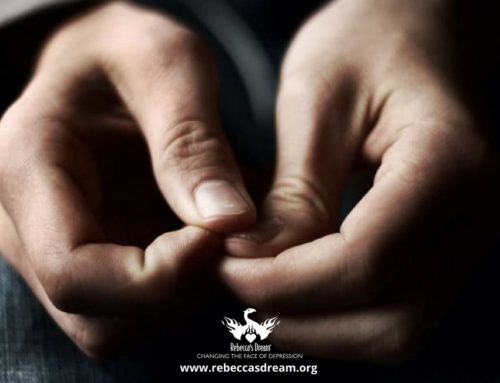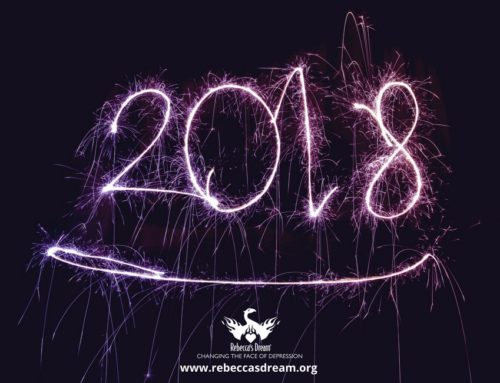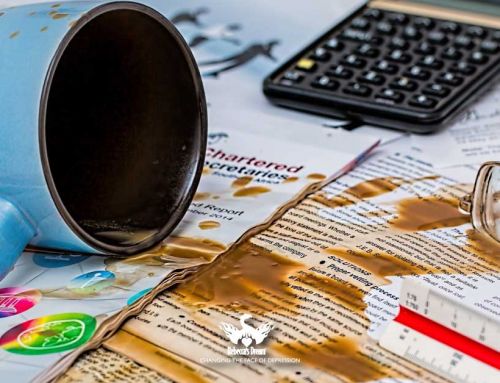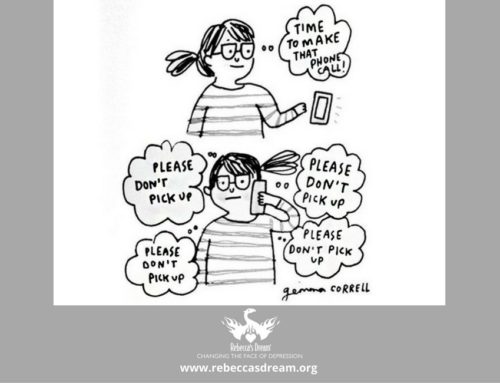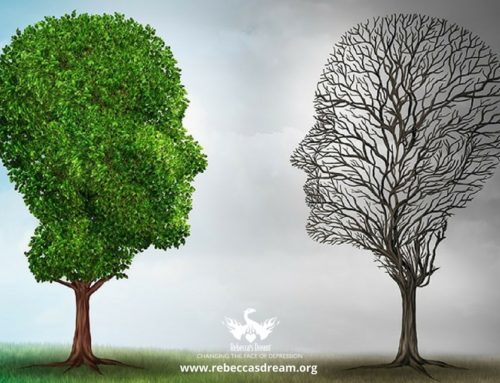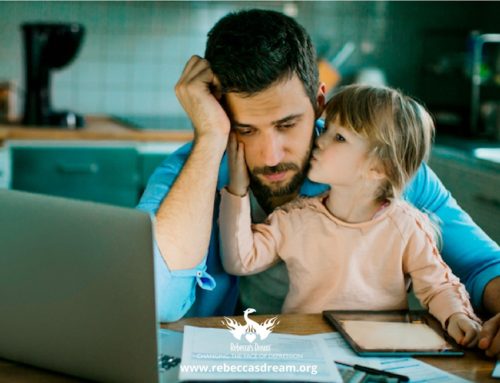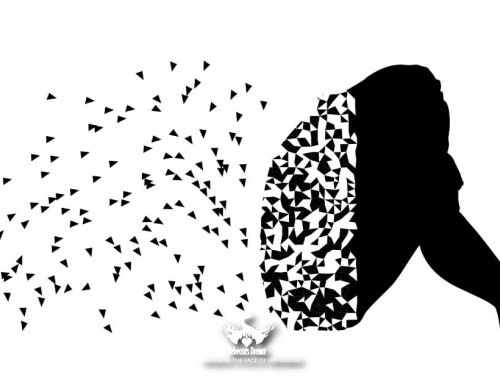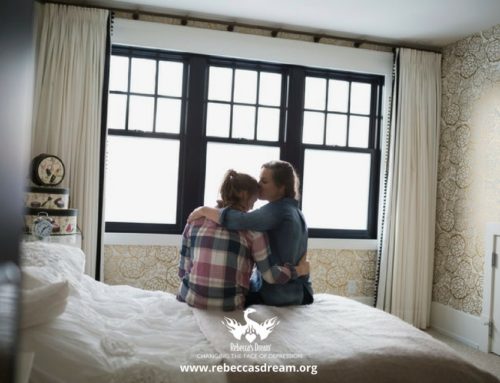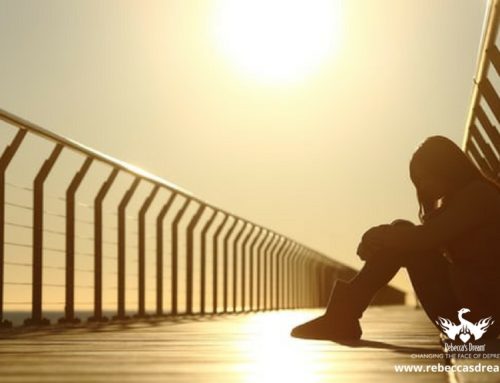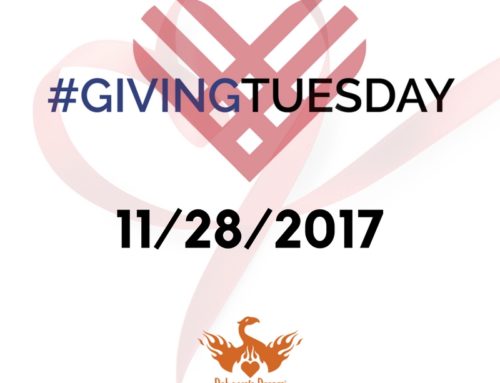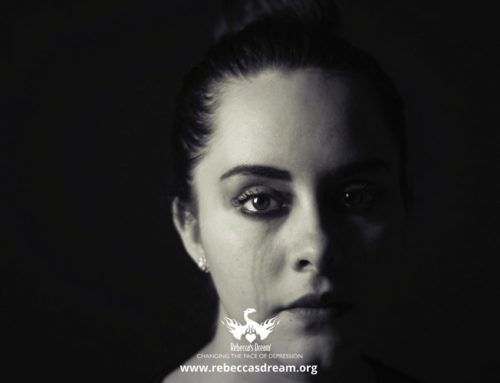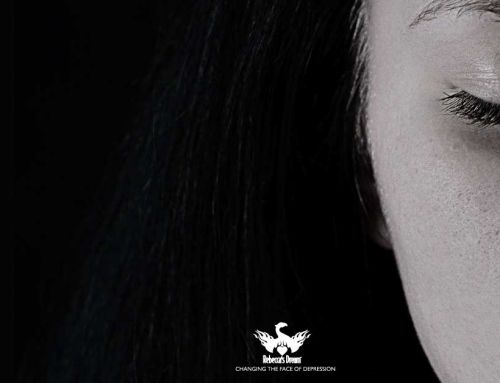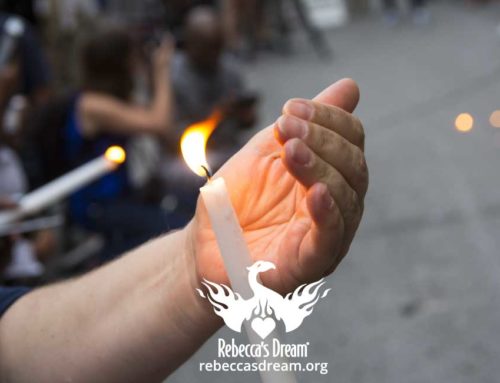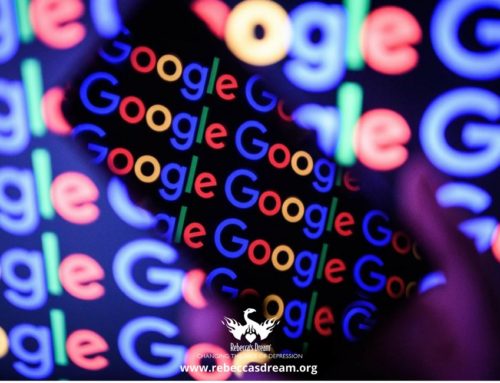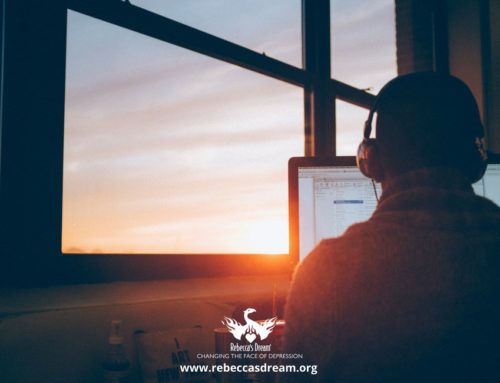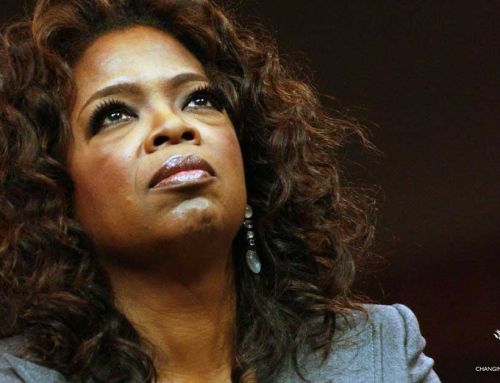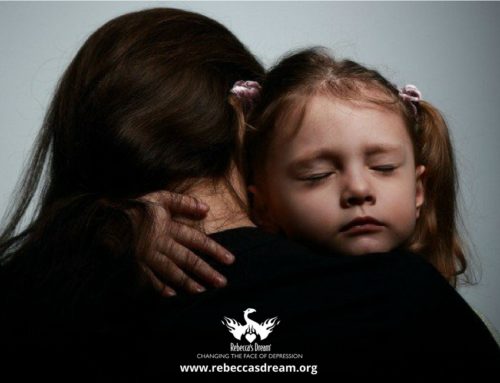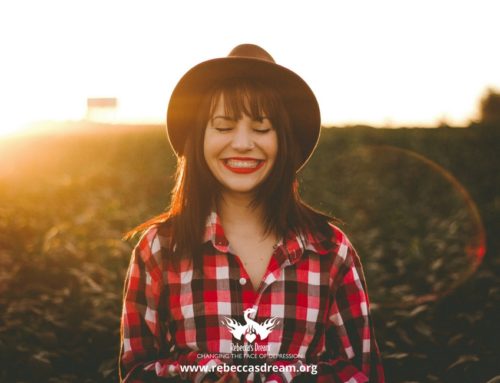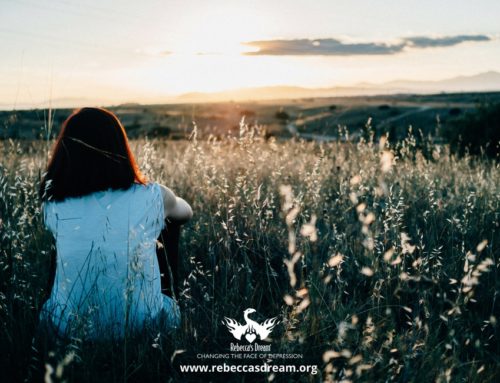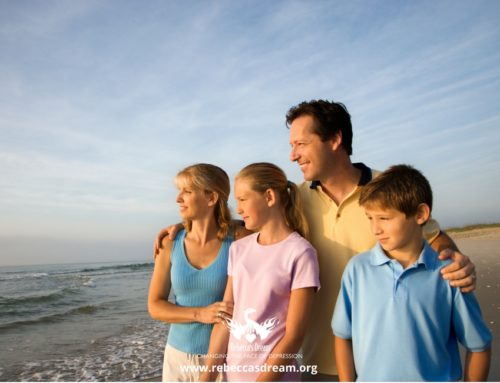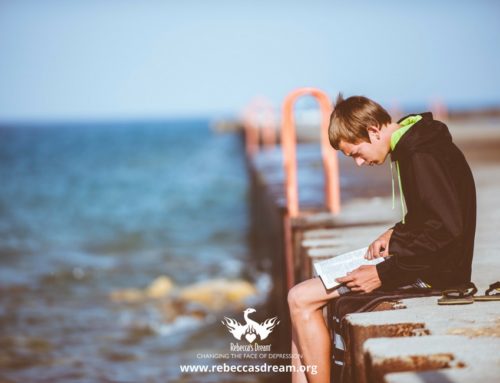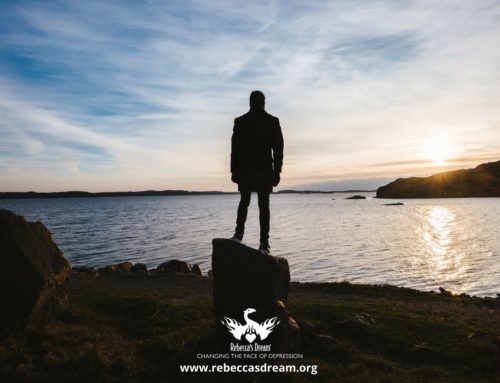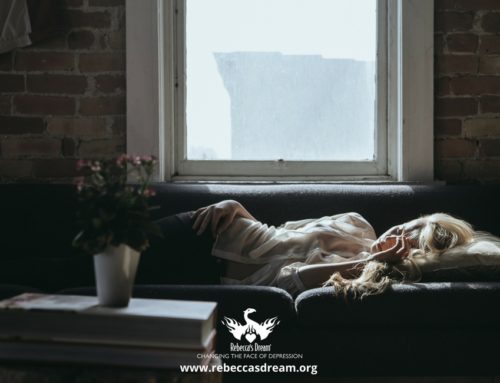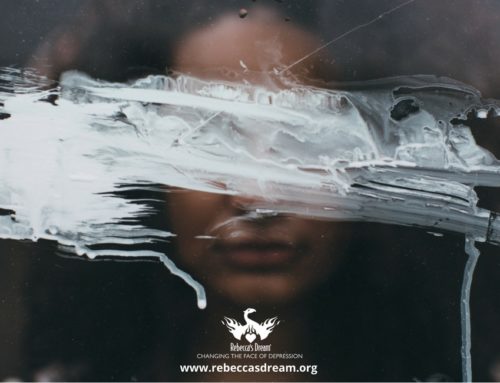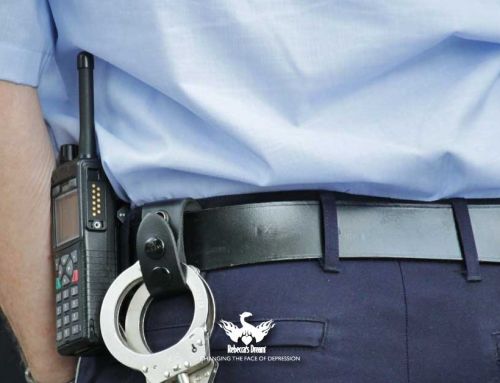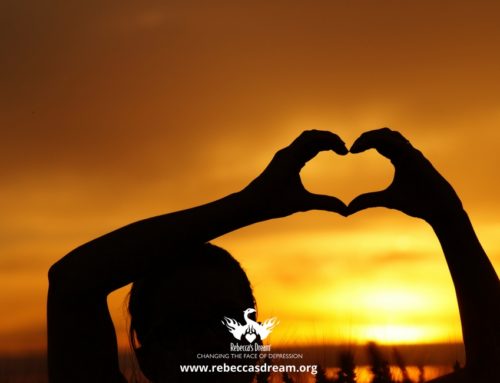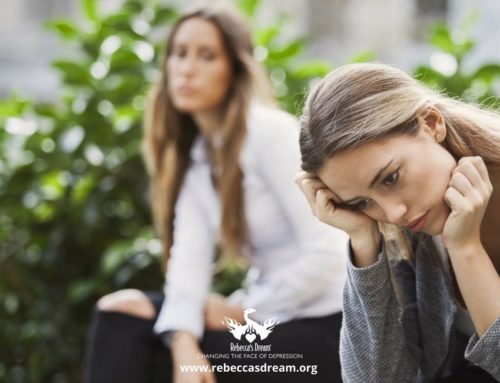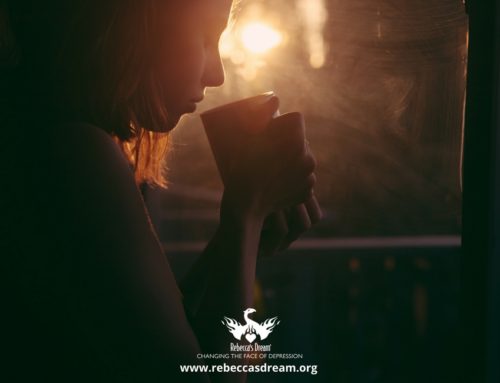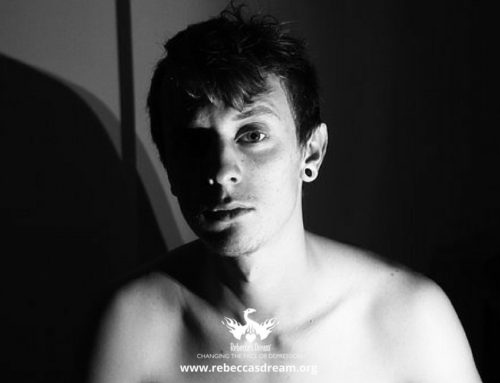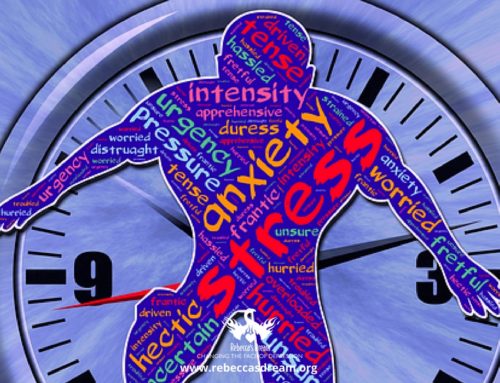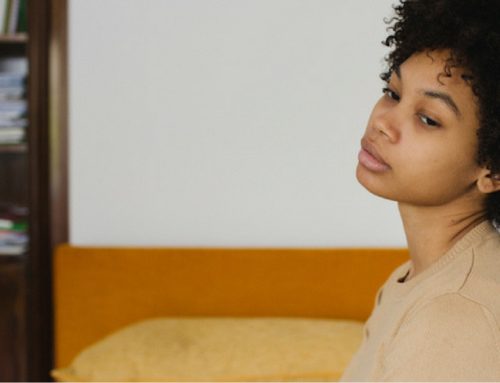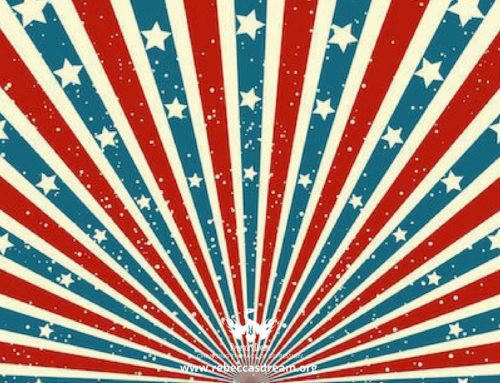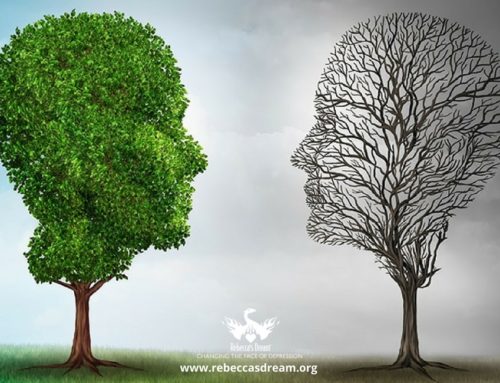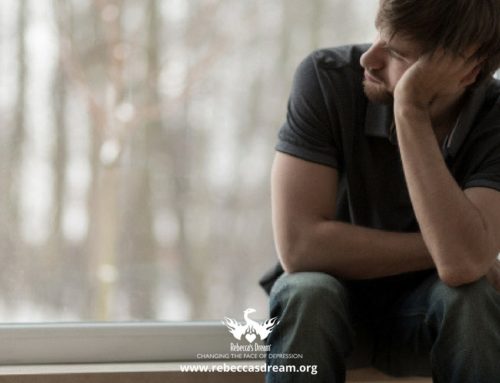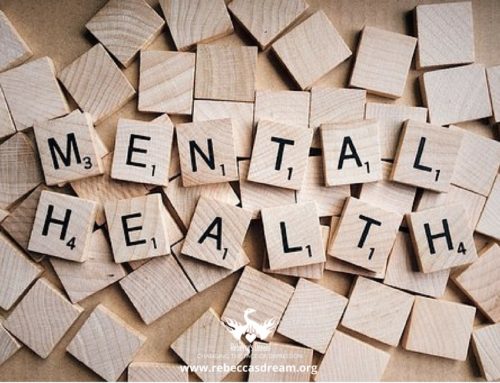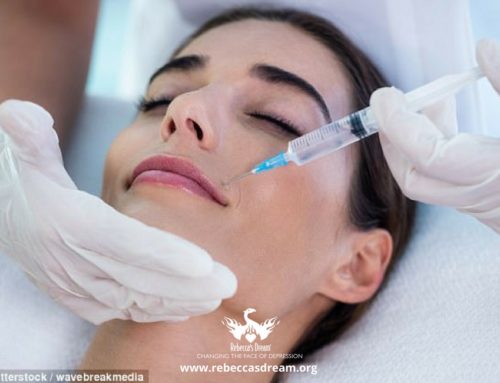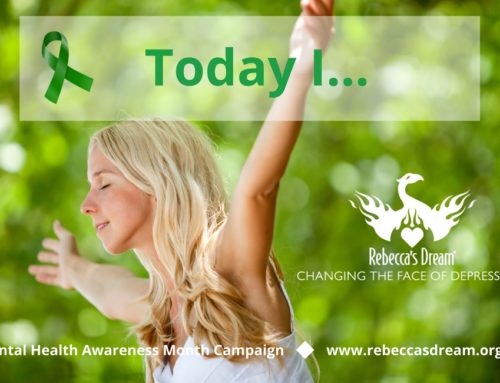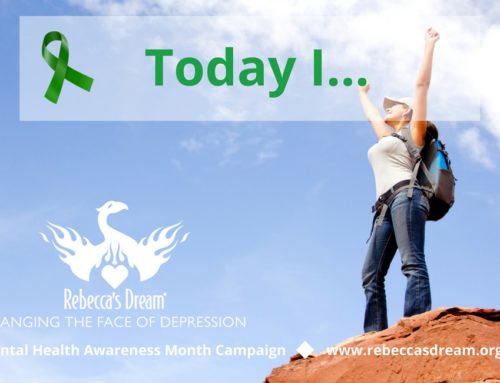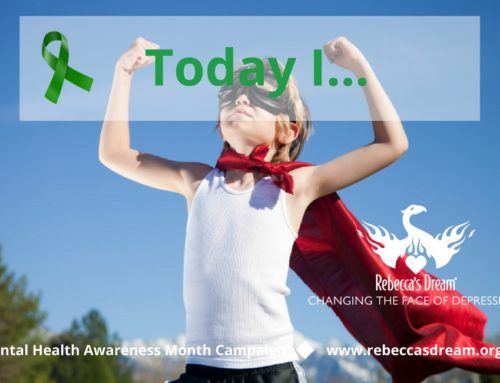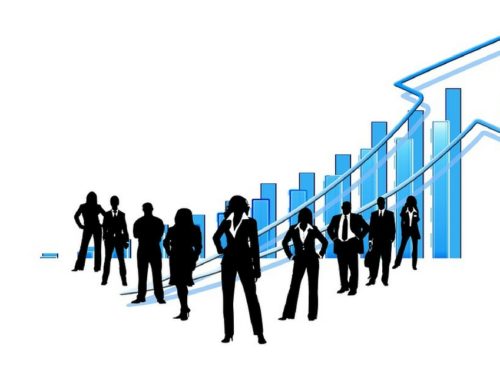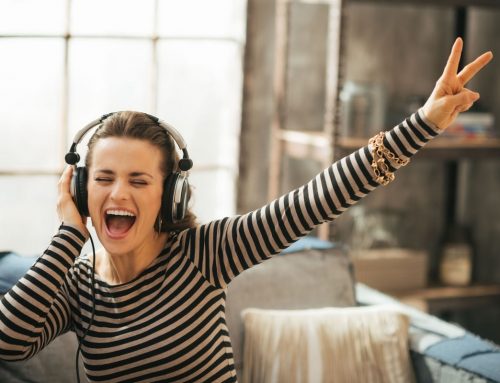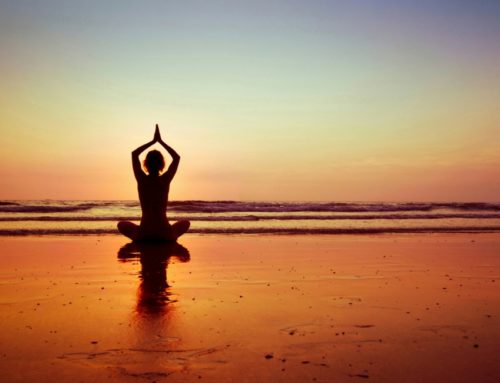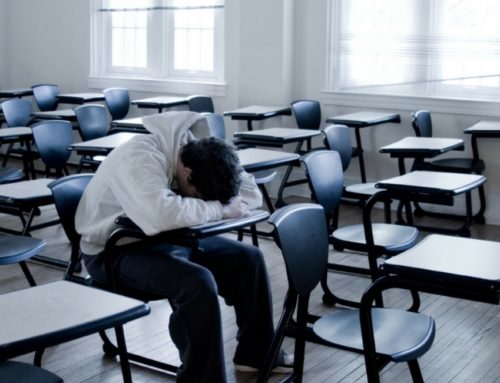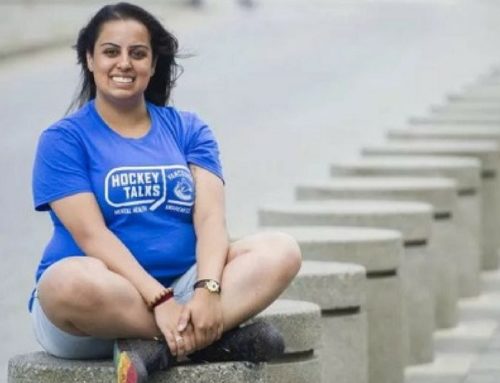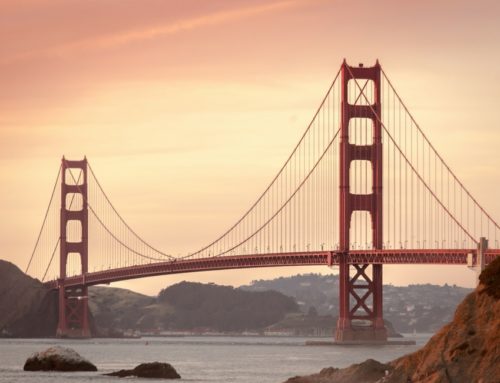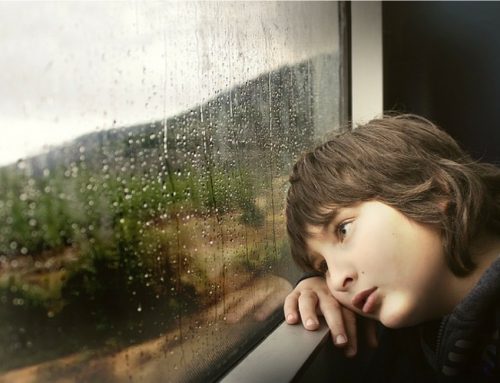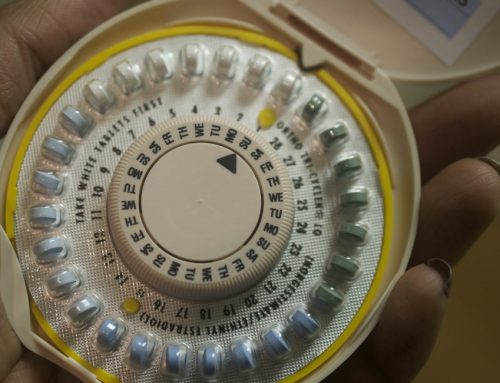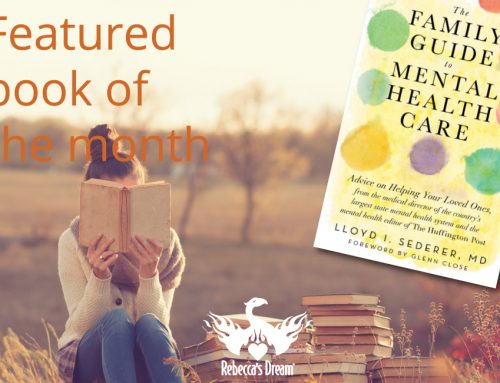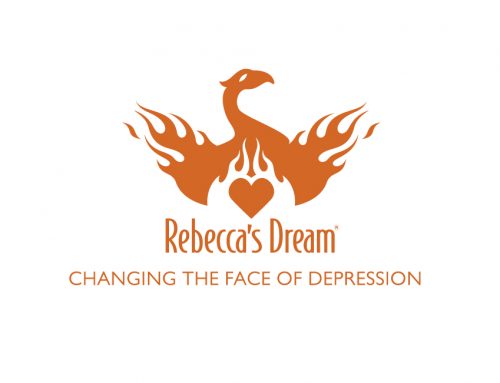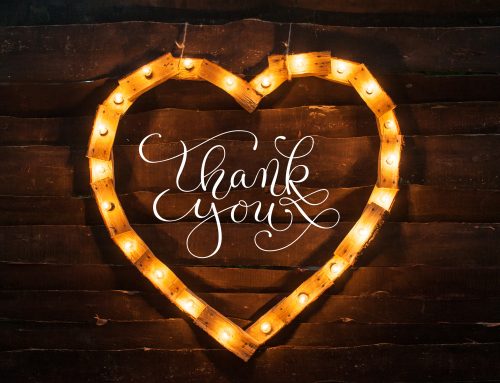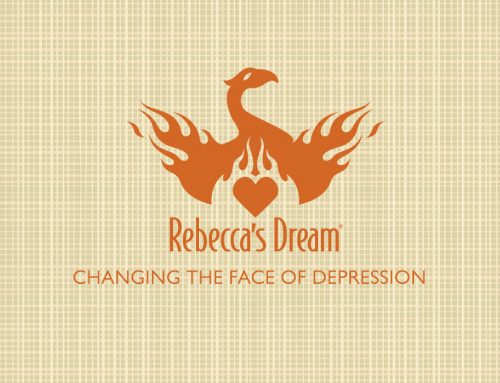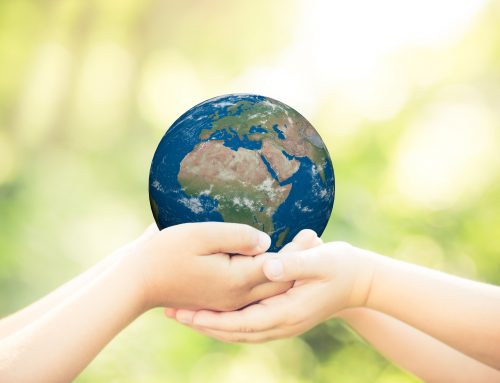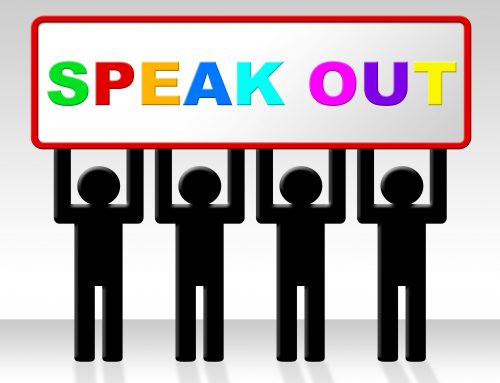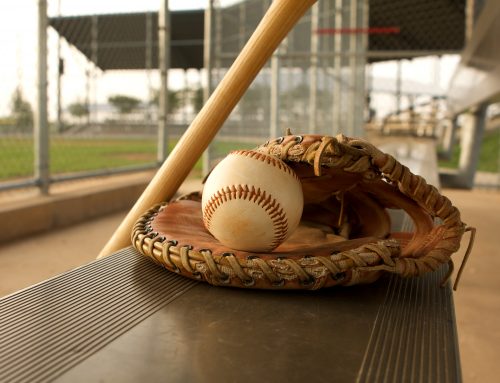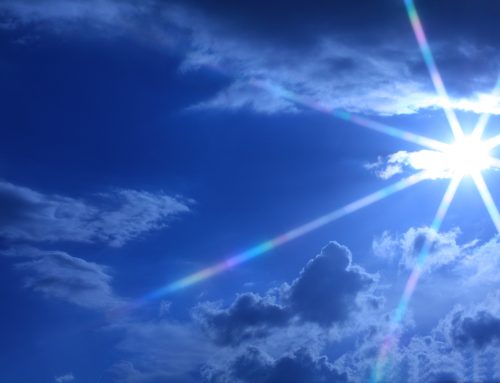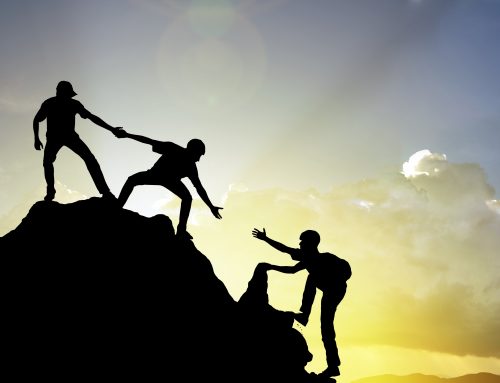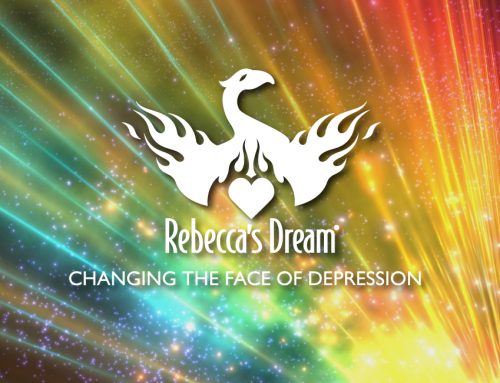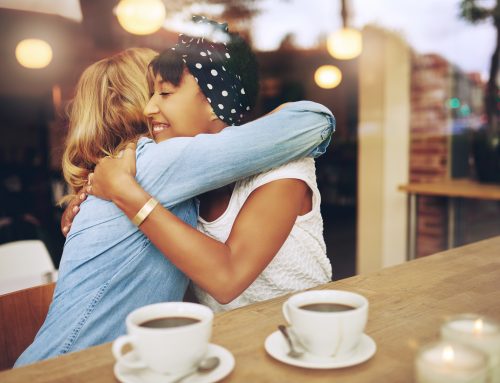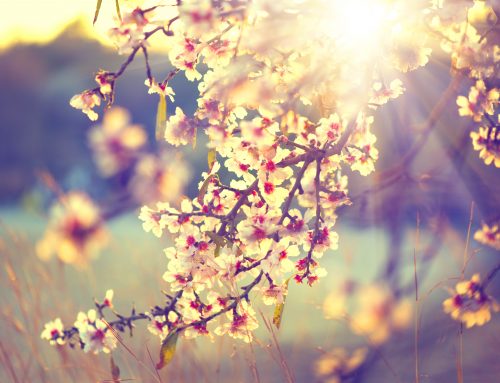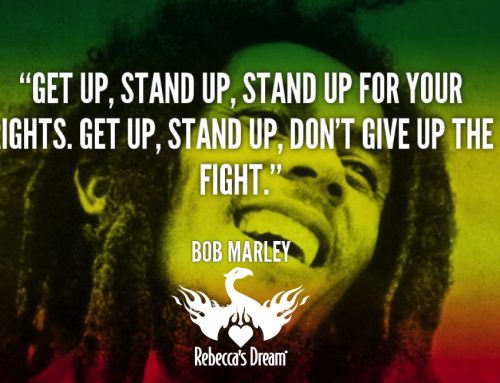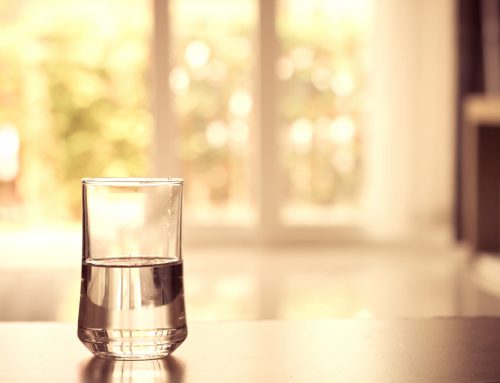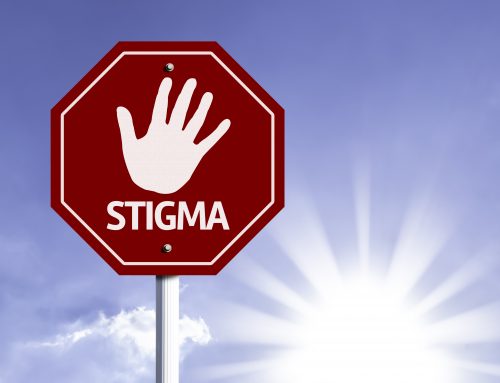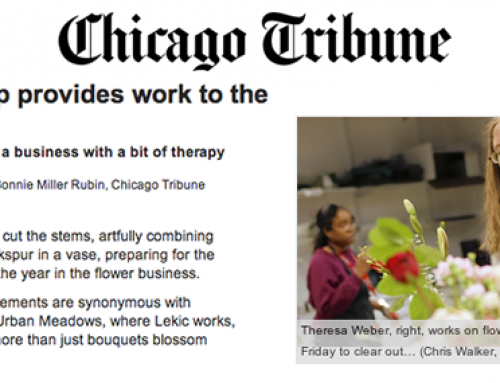Nearly one in five American adults will deal with a mental health issue in a given year. While research and advocacy have come a long way when it comes to mental health, there’s still one area that is highly under-addressed: How mental illness affects people of color.
There has been some progress in recent years when it comes to giving minority mental health a public platform. Celebrities like Kerry Washington, Demi Lovato and Wayne Brady have shared their own experiences with mental health issues and stressed the importance of seeking treatment. New York Jets player Brandon Marshall is also generating awareness through his mental health initiative Project 375, with plans to promote the project as the NFL season starts this fall.
But there’s still a long way to go. Ongoing stigma and lack of access to health care act as barriers for anyone with a mental health condition, but experts argue there’s a particular disparity when it comes to minorities. And that can contribute to people not receiving proper support or treatment in order to feel better.
A new study published in the International Journal of Health Services only further corroborates this fact. Researchers found that black and Hispanic young people were less able to get mental health services than white children and young adults. This happens despite the fact that rates of mental illness are generally consistent across all ethnicities, Kaiser Health News reported.
Unfortunately, this new study is just one example of a barrier people of color face when it comes to mental health. We gathered just a few staggering statistics that put it all into perspective. Check them out below:
20
The percentage by which African American adults are more likely to experience mental health issues than the rest of the population.
40
The percentage of Native Americans who die by suicide that are between the ages of 15 to 24 who die by suicide. Native Americans have the highest rate of young adult suicide of any ethnicity.
10.3
The number of Hispanic men out of every 100,000 who died by suicide in 2014, a figure that has remained consistent since 1999 with no sign of improving.
27.4
The number of Native American and Alaska Native men out of every 100,000 who died by suicide in 2014. This rate increased by 38 percent from 1999.
8.6
The percentage of Asian American adults who sought mental health treatment in 2010. Nearly 18 percent of the general population nationwide reached out for services in the same year.
89
The percent increase in the suicides of Native American and Alaska Native women from 1999 to 2014. The rate of suicide among Native American and Alaska Native women is approximately nine of every 100,000 people, up from five per every 100,000 people.
62
The percent of non-Hispanic black individuals with depression who had a major depressive episode in 2012. Despite the fact that this figure represents the majority of black individuals with depression, only a small percentage see a mental health professional to help manage their condition.
2.3
The percentage of black or Hispanic young people who saw a mental health specialist in a given year, compared with 5.7 percent of white children and young adults. It’s estimated that one in five people ages 13 to 18 have or will have a mental illness at some point in their life.
25
The percentage of African Americans who seek treatment for a mental health issue, compared to 40 percent of white individuals. The reasons for this dropoff include misdiagnosis by doctors, socioeconomic factors and a lack of African American mental health professionals.
90
The percent of all suicides in which mental illness plays a role.
Remember: Mental illness is not a character flaw. It’s not something a person can just simply “get over.” It’s not a person’s fault. Mental health issues can be anything from dealing with particularly stressful periods to something more serious like depression or schizophrenia. If you’re struggling with your mental health, look into treatment options― because everyone should be able to live a happy and healthy life.
If you ― or someone you know ― need help, please call 1-800-273-8255 for the National Suicide Prevention Lifeline. If you are outside of the U.S., please visit the International Association for Suicide Prevention for a database of international resources.
Photo Credit | William Stitt


